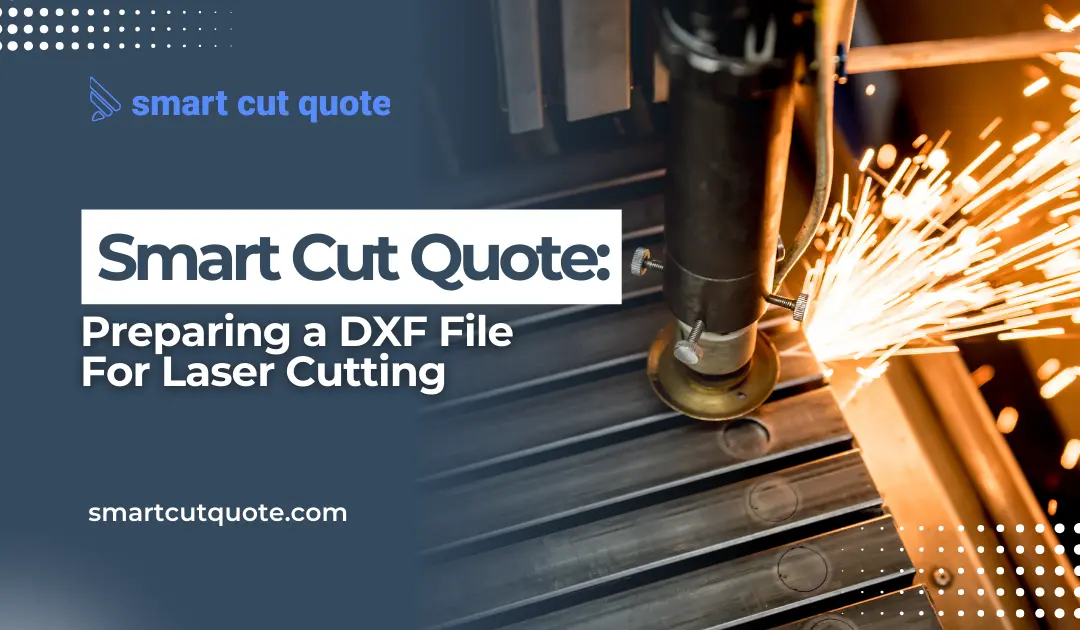Preparing a DXF File for Laser Cutting and Its Impact on Quotation Creation
Creating a well-prepared DXF (Drawing Exchange Format) file is crucial for achieving accurate laser cutting results and ensuring an efficient and reliable quotation process. The preparation of a DXF file begins with setting the correct units, such as millimetres or inches, depending on the project’s requirements. Proper scaling is equally important, as any discrepancies in scale can lead to errors in the final cut, potentially resulting in wasted materials and increased costs.
One of the key steps in preparing a DXF file is cleaning up the geometry. This involves removing any unnecessary lines, duplicate entities, and small gaps between elements in the design. Such imperfections can cause the laser to misinterpret the cutting path, leading to errors or inconsistencies in the final product. Simplifying the design and ensuring that all lines and shapes are clearly defined helps to reduce the risk of these issues.
Layer management is another critical aspect of DXF file preparation. By assigning different types of cuts, such as through cuts, etches, or marks, to specific layers, you can provide the laser operator with clear instructions on how to process the job. This not only improves communication but also helps to ensure that the final product meets the desired specifications.
Text within the design should be converted into polylines or outlines to ensure that it is accurately cut or etched by the laser. Without this conversion, the text may not be properly recognized by the cutting software, leading to incomplete or incorrect cuts. Additionally, it’s essential to check for overlapping lines in the design. Overlaps can cause the laser to cut the same area multiple times, which can negatively impact the quality of the cut and increase the time required for the job.
Ensuring that all polylines are closed is another important step in preparing a DXF file for laser cutting. Open polylines may result in incomplete cuts, which can compromise the integrity of the final product. By taking the time to ensure that all lines are properly closed, you can avoid these potential issues and produce a higher-quality result.
The importance of a clean DXF file extends beyond the cutting process itself. A well-prepared file plays a vital role in the quotation creation process. Quoting software relies on the accuracy of the DXF file to calculate cutting paths, material usage, and processing time. When the file is free from errors, such as overlapping lines or open shapes, the software can produce more accurate estimates. This precision is crucial for providing customers with reliable quotes, reducing the risk of mispricing, and enabling your business to offer competitive pricing.
Furthermore, a clean DXF file minimizes the likelihood of production errors. When the cutting process runs smoothly, the final product is more likely to meet quality standards, leading to higher customer satisfaction. This not only helps to build a positive reputation for your business but also encourages repeat business and customer loyalty.
In summary, the preparation of a DXF file is a critical step in both the laser cutting and quotation creation processes. By taking the time to ensure that your file is clean, well-organized, and free from errors, you can enhance the efficiency and reliability of your operations, ultimately contributing to the success of your business.
For more information about Smart cut Quote Software and product inquiries, please contact us at https://nctools.com.au/ or call us on +61 3 8618 6884
Or Visit https://smartcutquote.com/

